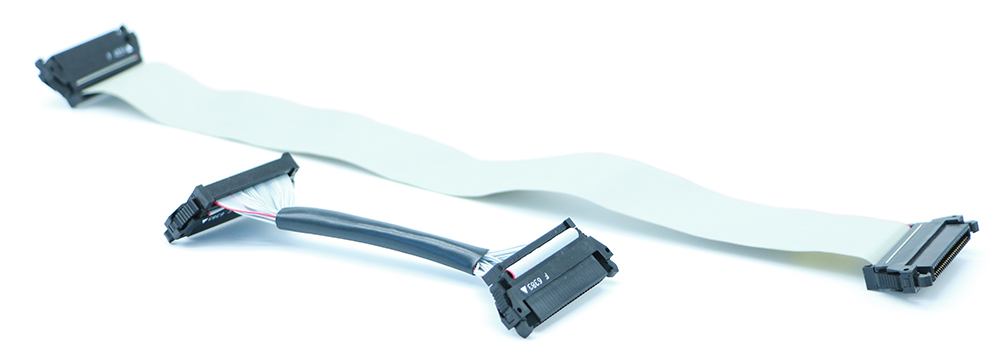Changes to the BrainCap MR
by Dr. Tracy Warbrick
Application Specialist EEG-fMRI (Brain Products)
The BrainCap MR has been the preferred choice for simultaneous EEG-fMRI research for more than a decade, but advances in fMRI technology mean that it needs an update. We have made some changes to the standard BrainCap MR cable lengths to improve the user experience and data quality.
New Standard BrainCap MR (Rev. 3)
The cable tree of the standard BrainCap MR will be reduced from 61 cm to 31 cm (Figure 1) and the new version will be available from April 2020.

Figure 1: Cable tree lengths for the old and new BrainCap MR.
All major scanner vendors now offer a head coil with a specific space for the EEG cables to be routed in a straight line directly behind the coil (Figure 2). This is great for both safety and data quality; however, running the cable tree straight rather than curved through a side exit of the head coil means that the BrainAmp MR (plus) is now positioned very close to the edge of the bore of the scanner. A major advantage of the BrainAmp MR (plus) system is that it can be used directly inside the bore of the scanner and with a shorter cable length, you can easily find an optimal position for the amplifier. Note that if you are using a head coil without a dedicated EEG cable routing option the new, shorter cable tree will still be suitable for your measurements.

Figure 2: An example of a head coil with a specific EEG cable tree routing option. The cable tree from the BrainCap MR runs in a straight line directly from the top of the volunteer’s head. In this case, the head coil is the Siemens Head/Neck 64 coil.
In addition to a shorter cable tree, we will replace the 30 cm ribbon cable that attaches the connection box to the amplifier with a 10 cm bundled cable (Figure 3). The shorter cable helps with optimal positioning of the amplifier which has benefits for safety and data quality. Data quality is also improved by having a bundled rather than flat cable because these cables are less susceptible to the vibration noise present in the MR environment.

Figure 3: The 30 cm flat ribbon cable (top) will be replaced by a 10 cm bundled cable (bottom).
Using an ‘old’ Standard BrainCap MR (Rev. 1 and 2)?
Don’t worry, you can continue to use existing BrainCap MRs that you already have in your lab. However, it is worth noting that we recently updated our MRI sequence related safety guidelines, and these guidelines are more restrictive for old caps than for the updated versions.
For old caps, we recommend replacing the 30 cm ribbon cable that connects the cap to the amplifier with a 10 cm bundled cable. This doesn’t reduce the overall length as much as for the new BrainCap MR, but it will help with finding a better position for the BrainAmp MR (plus) inside the scanner bore. As mentioned above, the bundled cable also has an advantage over the flat ribbon cable with respect to data quality.

